By Colin McClean, Wildlife Manager
After achieving a life’s ambition and going on a wildlife tour to India where I gorged on elephants, leopards and sloth bears, Scottish wildlife did seem a bit dull and lacking in stripes. I miss tigers.
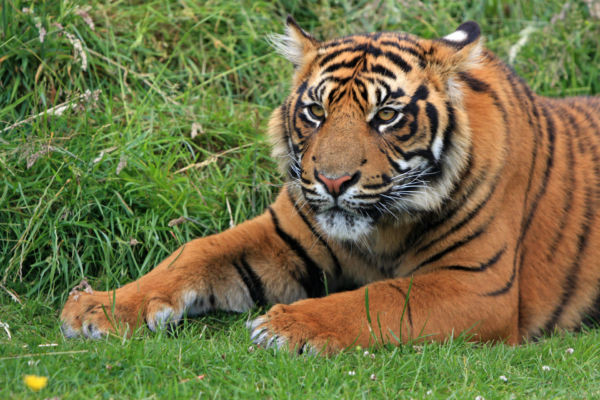
But there is no better antidote to such feelings than a Spring time at Glen Tanar. Apart from a brief flurry of snow last week this Spring has been very gentle and wildlife is in full cry. The first real signal of a Highland Spring is the return of the waders to the old pastures of the upper glen. An area which has been quiet and relatively lifeless, suddenly transforms into a tumult of tumbling and calling birds. It never fails to lift the spirits as curlews, peewits, oystercatchers and snipe all compete for attention. Black grouse strut and hiss on the lek and we have seen record numbers of hens attending. Normally a lek might see a ratio of 4 males to every watching hen but this year we have had close to 1: 1 and the males have been totally frenzied in their efforts to impress. We organise photography at this lek and we time this with the peak of the mating action which is usually just after dawn. When sleepily taking clients to the lek in the stumbling, grey dark of 0400, I have had to acknowledge there are some advantages to a tiger-free environment.
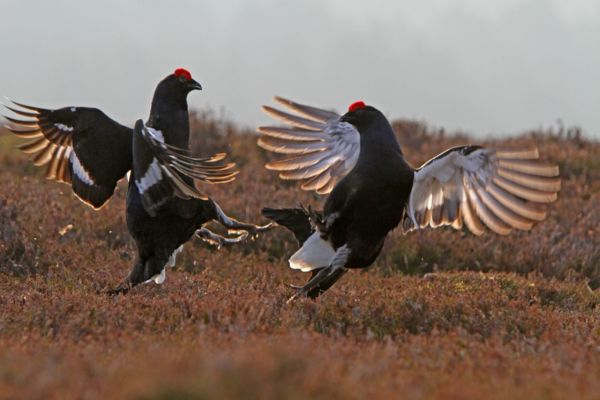
The quantity of birds around the lek does attract our native predators. In early April I watched a young eagle make a serious assault on the dancing grouse. Using a deep burn as cover he blasted out of the grey dawn and stormed onto the field. He had 400m to cover and it proved just a few yards too far. The grouse scattered in panic and it appeared the numbers confused him as he shot straight through the middle and missed the lot. He flung up into the air and spiralled about slowly before spotting me and coming over for a look. I gave him a cheery thumbs up as it was a mighty impressive display of speed and aerial power.
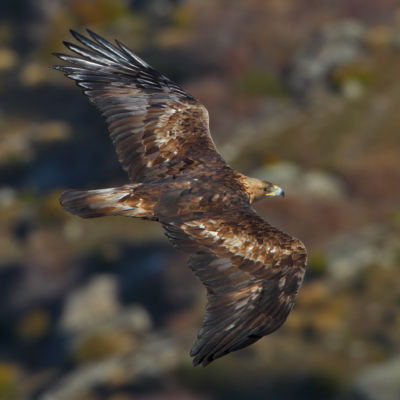
The Spring growth of grass in the lower glen brings hungry deer pouring from the forest to feed on the first green shoots that they have seen since October. Stalkers then have to pour from their beds at ungodly hours to try and head them off from adjacent, emerging crops. Deer usually arrive on the fields at dawn and dusk but, if they are harassed at those times, they can change tactics. Sometimes they begin to work out the times of day when they aren’t harassed and this is often around lunchtime. So out on to the fields they come at 1pm when of course everyone sees them and everyone then jumps to the conclusion that the poor stalker hasn’t been out of his bed at all. There’s occasions I would like to show our deer a few tigers.
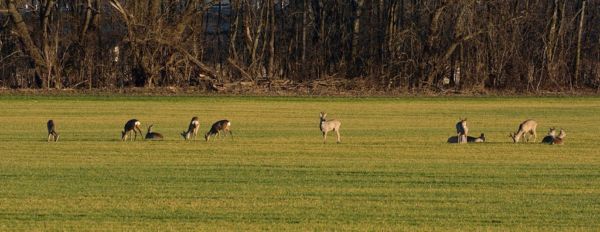
2017 has seen the return of red kites to Glen Tanar for the first time since 2011, which in turn was the first time since 1907 we think. Red kites have been the subject of successful re-introductions throughout the UK. They are beautiful birds which are very welcome additions to our skies and all credit to the RSPB for bringing about their return. Our eagles appear to have hatched this year but I am only watching them from afar as we are giving them a rest from public viewing. They have been photographed for the last four years and have been complete stars. During that time they have fledged seven chicks and there is no sign that stress has affected their lives. However we think a year off can’t do any harm.
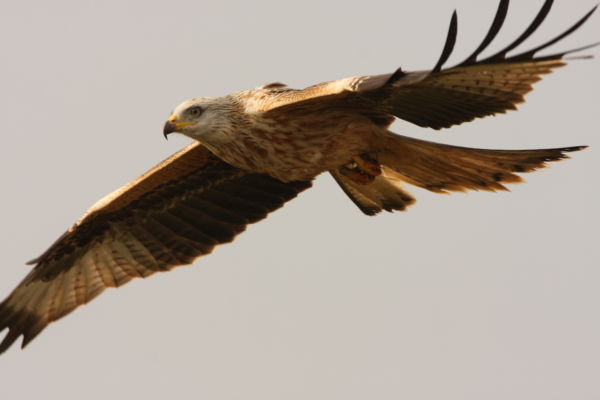
Replacing them as photographic models will be our osprey pair which are currently sitting on eggs. Merlins will hopefully also feature as there are a few pairs which usually nest on Glen Tanar. They breed later than many other species so they can feed their chicks with the flying fledglings of pipits, chats and wheatears. We have tried photographing them in previous years and they have proved tricky. We have spent ages luring them to a perch a good distance from the nest where they sit perfectly for a week. And then one click of a shutter and they laugh and fly away. Alternatively, as soon as the photographer is hidden in the hide facing the perch, the merlin flies in and sits on the hide roof for an hour. Several people have sat within 8 inches of a merlin for an afternoon and never managed to take a picture yet. As I say they are tricky. This year will require some careful planning. Spring time is a busy time for us all.